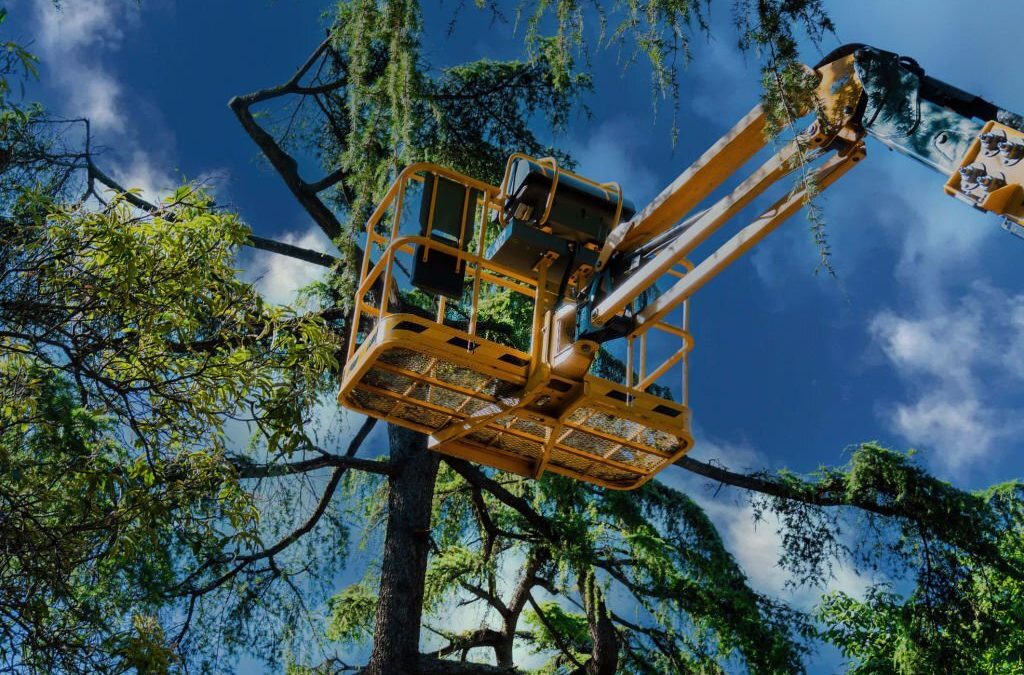Choosing the right tree for your property is an important decision, as the tree will likely be a part of your landscape for many years. When selecting a tree, there are several factors to consider, including:
- Size and shape: Consider the size and shape of the tree at maturity and how it will fit in with the rest of your landscape. Be sure to leave enough space for the tree to grow and ensure that it will not obstruct views or interfere with utility lines or other structures.
- Growth rate: Different trees have different growth rates, so choosing a tree that is well-suited to your specific location and desired timeframe is essential. For example, if you want a tree that will provide immediate shade, there may be better choices than a slower-growing tree.
- Care requirements: Some trees require more maintenance than others, so consider your time and resources when selecting a tree. If you have little time or resources to devote to tree care, choose a relatively low-maintenance tree.
- Climate and soil conditions: Choose a tree well-suited to your local climate and soil conditions. Different trees have different requirements for sunlight, moisture, and other factors, so selecting a tree that will thrive in your specific location is essential.
- Purpose: Consider the purpose of the tree. Do you want a tree for shade and privacy or to provide a habitat for wildlife? Different trees have different characteristics, so choose a tree that meets your needs.
When choosing a tree, it is also a good idea to consult a tree service professional or a local nursery or garden center. They can provide expert guidance on the best trees for your specific location and needs.
Once you have chosen a tree, be sure to plant it properly and care for it to ensure it grows strong and healthy. This may involve preparing the soil, regularly watering the tree, and providing it with the necessary nutrients. Taking good care of your tree can help it thrive and become a valued part of your landscape.

